Mastering the Skies: Advanced Maneuvers for Experienced Skydivers
For those who have moved beyond the basic freefall and canopy control, the world of advanced skydiving maneuvers offers an exhilarating new frontier. This article delves into various techniques that push the boundaries of human flight, requiring precision, control, and a deep understanding of aerodynamics. Whether you're looking to enhance your formation skydiving skills, explore the art of freeflying, or master the nuances of high-performance canopy piloting, there's always something new to learn and perfect.
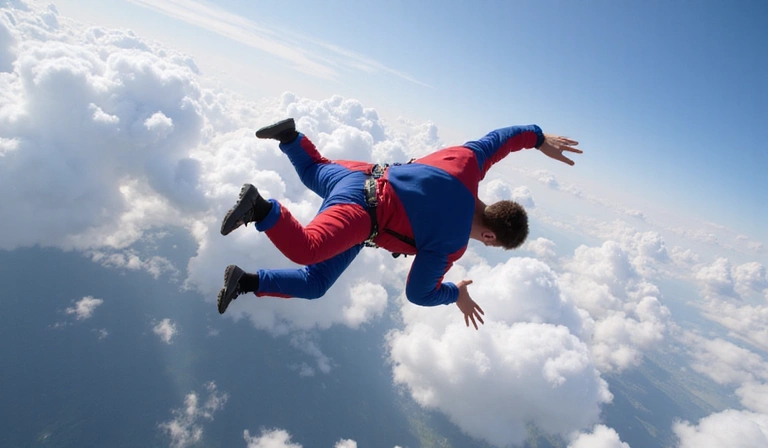
The Art of Freeflying
Freeflying represents a significant evolution from traditional belly-to-earth skydiving. It involves flying in various orientations, including head-down, head-up, and sit-flying. This discipline demands exceptional body awareness and control, as skydivers manipulate their entire body surface to generate lift, drag, and thrust in three dimensions. Mastering freeflying opens up new possibilities for dynamic group formations and artistic expression in the sky.
Key aspects of freeflying include:
- Head-down Flying: Achieving stable flight with the head pointed towards the earth, offering incredible speeds and a unique perspective.
- Sit-flying: Maintaining a stable seated position, allowing for slower speeds and different interaction dynamics with other jumpers.
- Verticle Formations: Building complex formations with multiple freeflyers, often involving intricate handholds and transitions.
- Dynamic Movements: Incorporating turns, rolls, and dives to create fluid, dance-like sequences in the air.
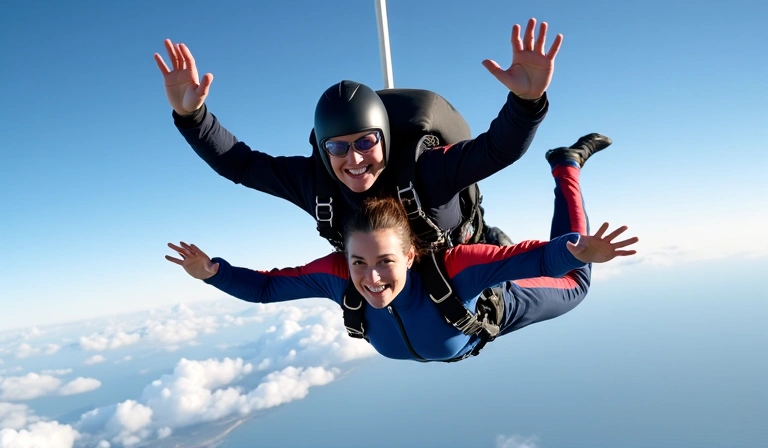
High-Performance Canopy Piloting (Swooping)
Swooping, or high-performance canopy piloting, is perhaps one of the most visually spectacular and technically demanding aspects of modern skydiving. It involves performing a high-speed, long-distance flare under a specially designed, high-performance canopy, often skimming inches above the ground or water. This discipline requires an advanced understanding of aerodynamics, precise timing, and exceptional canopy control.
The goal of swooping is to convert vertical speed into horizontal distance, creating an exhilarating glide path. Competitions often involve navigating gates, hitting targets, and maximizing distance or speed. It's not just about speed, but also about the grace and control with which a skydiver can manipulate their canopy close to the ground.
- Canopy Selection: Using smaller, more elliptical canopies with higher wing loading for increased speed and responsiveness.
- Approach Planning: Executing precise entry points and dive angles to build momentum.
- Flare Technique: Mastering the timing and execution of the flare to convert speed into horizontal flight.
- Ground Control: Maintaining awareness of obstacles, wind conditions, and other jumpers during the high-speed approach.
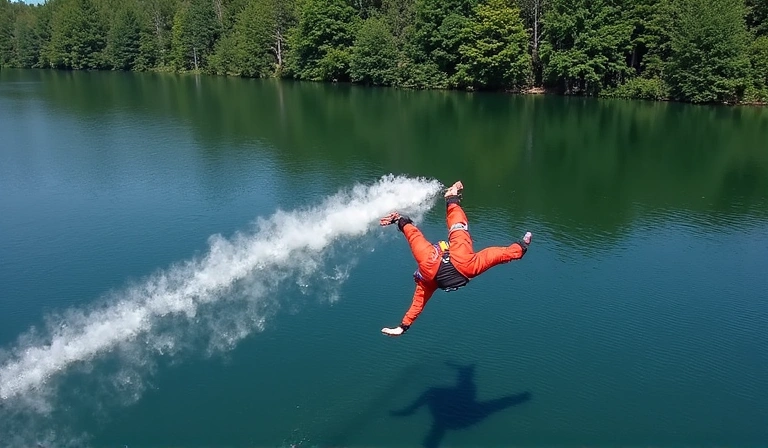
Formation Skydiving (FS) and Relative Work (RW)
While often introduced to beginners, formation skydiving at an advanced level involves complex, multi-point formations with large groups of skydivers. Experienced jumpers work together to build intricate patterns in the sky, transitioning from one formation to another within the limited freefall time. This demands meticulous planning, precise body control, and seamless teamwork.
Advanced FS includes:
- Large Formations: Coordinating dozens, or even hundreds, of skydivers to create massive aerial designs.
- Sequential Formations: Rapidly breaking and rebuilding multiple formations in a single jump.
- Advanced Gripping Techniques: Utilizing various grips and body positions to maximize stability and speed during formation building.
- Team Dynamics: Developing strong communication and trust within a team to execute challenging sequences.
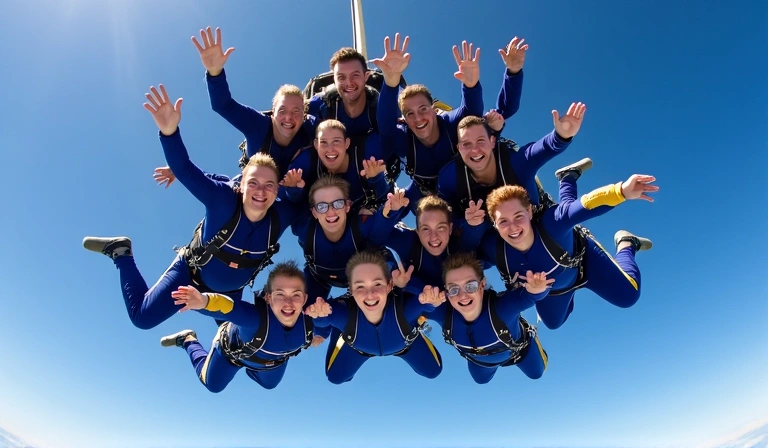
Wingsuit Flying: The Ultimate Human Flight
Wingsuit flying takes human flight to an entirely new level, allowing skydivers to glide horizontally for extended periods, covering vast distances across the sky. The specialized suit creates lift and drag, transforming the skydiver into a human aircraft. This discipline requires extensive experience and rigorous training, as the stakes are incredibly high.
Wingsuit pilots can achieve glide ratios of 3:1 or even higher, meaning they can travel three units horizontally for every one unit they descend. This opens up possibilities for flocking with other wingsuit pilots, navigating complex air currents, and even proximity flying near terrain (though this is an extreme and highly specialized sub-discipline).
- Suit Control: Mastering subtle body movements to control direction, speed, and glide ratio.
- Flocking: Flying in close proximity with other wingsuit pilots, creating dynamic aerial ballets.
- Navigation: Planning flight paths and managing altitude and distance effectively.
- Deployment Procedures: Adapting parachute deployment to the unique dynamics of wingsuit flight.
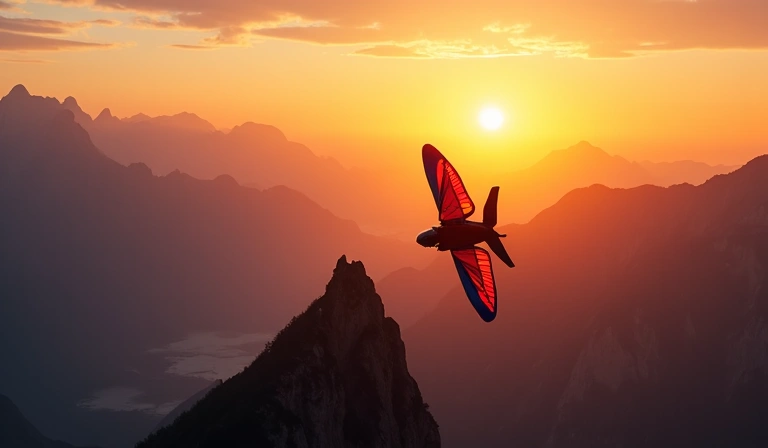
Safety and Training for Advanced Maneuvers
While the thrill of advanced maneuvers is undeniable, safety remains paramount. Progression in these disciplines should always be gradual, under the guidance of experienced instructors. Before attempting any advanced technique, skydivers must have a solid foundation in basic skills, hundreds of jumps, and a thorough understanding of the risks involved.
Continuous training, debriefing, and honing fundamental skills are crucial. Many dropzones offer specialized coaching and workshops for freeflying, swooping, and wingsuiting. Investing in proper gear, maintaining it meticulously, and staying current with best practices are non-negotiable for experienced skydivers pushing their limits.
- Experienced Coaching: Seek out certified instructors specializing in your chosen advanced discipline.
- Progressive Training: Follow a structured progression plan, mastering each stage before moving to the next.
- Gear Checks: Regularly inspect and maintain all equipment, especially high-performance canopies and specialized suits.
- Risk Assessment: Always perform thorough risk assessments for each jump, considering weather, group size, and personal skill level.